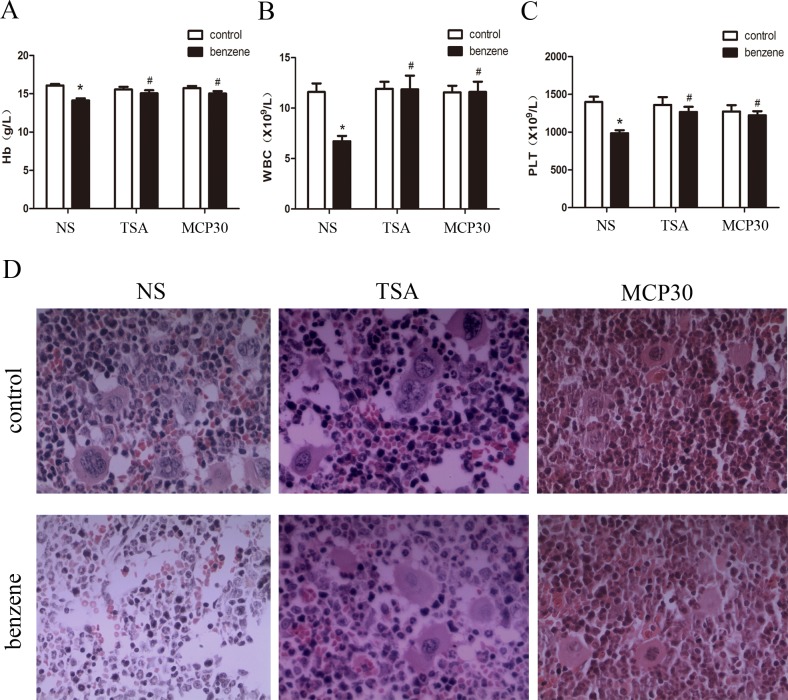Fig 5. TSA or MCP30 relieves the benzene-induced hematotoxicity in benzene poisoning mice.
After the completion of benzene inhalation, peripheral blood was obtained from each mouse by tail vein bleeding and the mice were subsequently killed. (A—C) Benzene alone treatment lowered the level of hemoglobin (Hb), and the number of white blood cells (WBC) and platelet (PLT) counts, and TSA or MCP30 reversed the above indicators in benzene-treated mice. Statistical data of 6 groups with 8 mice each group was shown. **P < 0.01, compared to the control group; #P < 0.05, ##P < 0.01, compared to the benzene alone-treated group. (D) The femurs were separated and embedded in paraffin and subsequently cut into slices with a thickness of 5 μm. After hematoxylin and eosin staining, femoral morphology was observed under a light microscope at a magnification of 400. Images shown were representative of at least three mice each group.

